

Products in the Same Family
Why Purchase from All-Star Telescope?
Free Expert Support
Whether you are a first timer needing help with setting up or an enthusiast that can't quite make that one thing work, our expert staff are ready to support your needs. With decades of knowledge and first hand experience we've been there and we can help you through it!
Stress Free, Secure Transactions
You can trust purchasing and delivery with All-Star Telescope. All of our transactions are 100% secure and Level 1 PCI DSS compliant thanks to Shopify's ShopPay platform. For additional protection, we insure 100% of the value of every shipment we make. If it get's lost during shipment, we replace it. If it gets damaged during shipment, we replace it. We make sure your product arrives exactly as you would expect it to; we promise.
We also ensure privacy protection. We never keep any of your credit card information on file and any of your personal data is stored according to our policies.
30 Day Return Policy
Buy with confidence knowing that we accept returns up to 30 days after purchase. We want you to have something you will actually use and we are confident that we keep good quality products in our store with No Junk.
Price Match Promise
Shipping around for the best price is tough, we make it easier by offering the best pricing in the market. But if you find a better price on an in-store item somewhere else we will match it!
Product Description
The Antlia SHO 2.5nm Ultra series filters are made with quartz glass and undergo precisely controlled coating processes to ensure optimal performance. The 2.5nm Ultra series is designed with a FWHM (full width half maximum) of 2.5nm +0.3/-0.1nm and a transmission efficiency >92-95% at the Central Wavelength.
The quartz glass possesses an ultra-low thermal expansion coefficient with outstanding thermal and mechanical properties. When combined with advanced coating processes, these filters exhibit remarkable durability for imaging and research in the most challenging environmental conditions.
Compared to the 3nm Pro series, the 2.5nm Ultra series coated on quartz glass exhibits higher transmittance with Ha/SII≥95% and OIII≥92%. These filters are estimated to improve signal by 20-30% in your images. Additionally, the Ultra series boasts a narrower FWHM of 2.5nm+0.3/-0.1nm, resulting in an exceptionally high Signal to Noise Ratio for deep sky photography.
Main Features
- High transmittance (Ha/SII≥95%), OIII≥92% and the narrow FWHM 2.5nm +0.3/-0.1nm to maximize contrast
- Flat-top spectrum minimizes the loss in transmission due to the Center Wavelength (CWL)-shift
- Out of band blocking specification is designed to OD5 (0.001%) to block interference from other wavelengths and minimize halos around bright stars
- Made of quartz glass, excellent durability and thermal stability, better fracture resistance and scratch resistance, improved coating resilience to cleaning
- Filters are resistant to scratches
- Identical filter thickness to existing standards and double-sided fine polishing , with utmost care for parfocality
- The SHO 2.5nm Ultra filters are recommended for use in optics with a Focus Ratio of >f/3.5 for best optical performance
- 100% of production are scanned individually, all transmission and blocking (OD) data in the box are actual, measured spectra and transmission
- All Antlia filters are coated to the edge of the substrate and unmounted narrowband filters are edge blackened to eliminate internal reflections from stray light
- Warranty: 3-years against delamination
Specifications
| Model | Sulfur II | Hydrogen-Alpha | Oxygen III |
| FWHM | 2.5nm +0.3/-0.1nm | 2.5nm +0.3/-0.1nm | 2.5nm +0.3/-0.1nm |
| CWL (Central Wavelength) | 672.4nm | 656.3nm | 500.7nm |
| Peak Transmission | 95% | 95% | 92% |
| Blocking | ≥OD4.5 @ 300-1100nm | ≥OD4.5 @ 300-1100nm | ≥OD4.5 @ 300-1100nm |
| Filter Thickness | 2mm+/-0.05mm | 2mm+/-0.05mm | 2mm+/-0.05mm |

Additional Articles, Videos, and Links
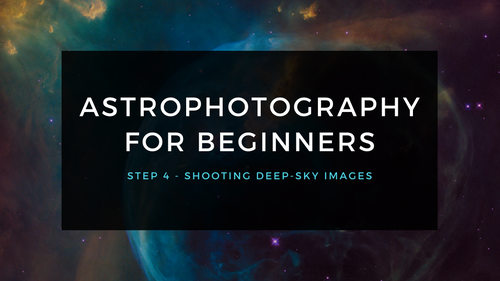
Astrophotography for Beginners Step 4: Shooting Deep-Sky Images
Taking deep sky pictures can be daunting, luckily there is an easy process to follow to allow you to get great shots! Here is the typical process for actually taking deep-sky images in the field.
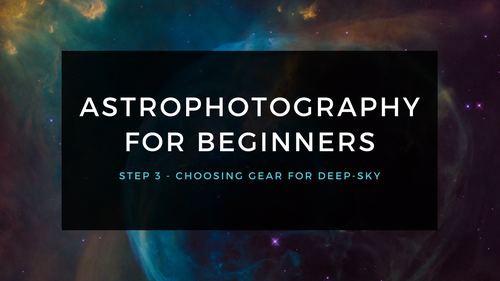
Astrophotography for Beginners Step 3: Choosing Gear for Deep-Sky Imaging
Using a star tracker gains you experience with the fundamentals of deep-sky imaging. Shooting the Moon gains you experience focusing and framing through your telescope. Through your sessions you’ll...
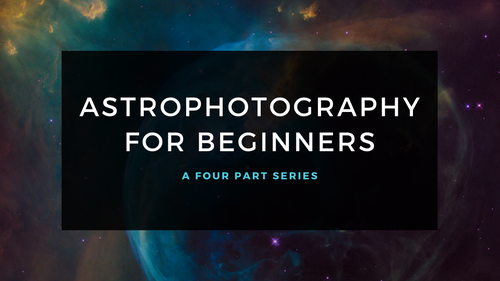
Astrophotography for Beginners - Start Here: Getting into Astrophotography Step by Step
Shooting the night sky has never been more popular, nor easier. The choice of equipment has also never been better, or more affordable. However, as per the advice given by Dickinson and Dyer in the...
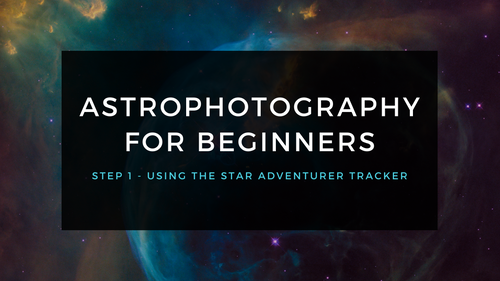
Astrophotography for Beginners Step 1: Using the Star Adventurer Tracker
By far the most economical and easiest way to capture beautiful images of the Milky Way and large deep-sky objects like the Andromeda Galaxy (shown here) is to use a star tracker. Here are steps an...
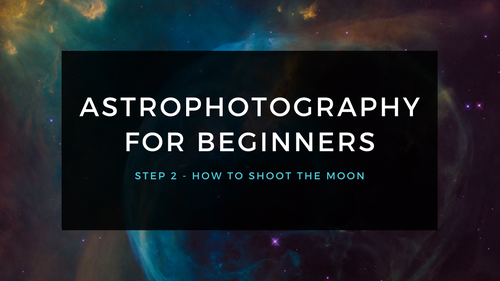
Astrophotography for Beginners Step 2: How to Shoot the Moon
Close-ups of the Moon are rewarding, and an easy way to learn to shoot through your telescope. While good results are possible with a phone camera clamped to an eyepiece (as shown below), this tuto...

